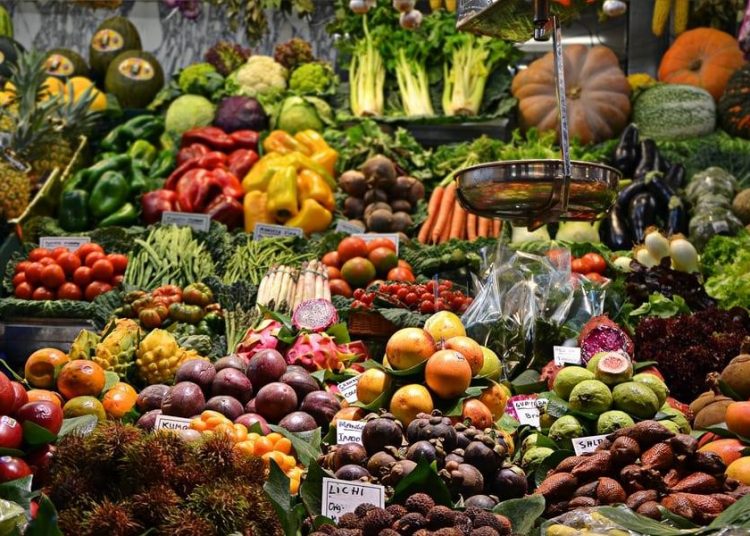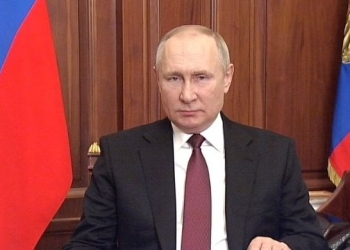Global food prices have hit the highest level in over a decade after rising by more than 30% in the last year, the United Nations Food and Agriculture Organization (FAO) says. Food prices were rising across the world, but the pandemic has intensified the trend. The FAO an agency of UN measures the monthly change of international prices of five food commodity prices, including cereals, vegetable oil, dairy, meat and sugar.
The FAO’s Food Price Index hit its highest point in a decade in May 2021, reflecting surging prices for oils, sugar and cereals. In June and July, the index fell but remains up by over 31% year-on-year. Their FAO Food Price index averaged 130 points in September, which is the highest since 131.9 points recorded in 2011.
The UN Security Council adopted a resolution on the protection of education in armed conflict
- The FAO’s cereal price index rose by 3.2% in October from the previous month. That was led by a 5% jump in wheat prices, FAO said. The price of wheat was one of the major contributors to this rise after major exporters – such as Canada, Russia and the US – had poor harvests.
- Vegetable oil prices hit a record high after rising by almost 10% in October. The vegetable oils subindex jumped to 168.6, which is the highest going back to 2003.
- International palm oil prices rose a third straight month as robust demand coincided with weak production in Malaysia due to labour shortages.
- Disruptions to supplies, high commodity prices, factory closures and political tensions are reasons for soaring prices.
- Labour shortage is a dominating factor for inflating prices as production costs are going up.
- The sugar subindex was at the highest since 2012, amid concerns over reduced output in Brazil, amid prolonged droughts and frosts.
Overall, FAO index prices have increased by 32.8% over the past 12 months, the highest they’ve been since 2011. The commodity with the highest increase was vegetable oil, followed by sugar, cereal, meat and dairy, FAO found. Contributing factors varied from labour shortages to weather conditions to public policy decisions in Europe that reduced supply while demand increased.
























